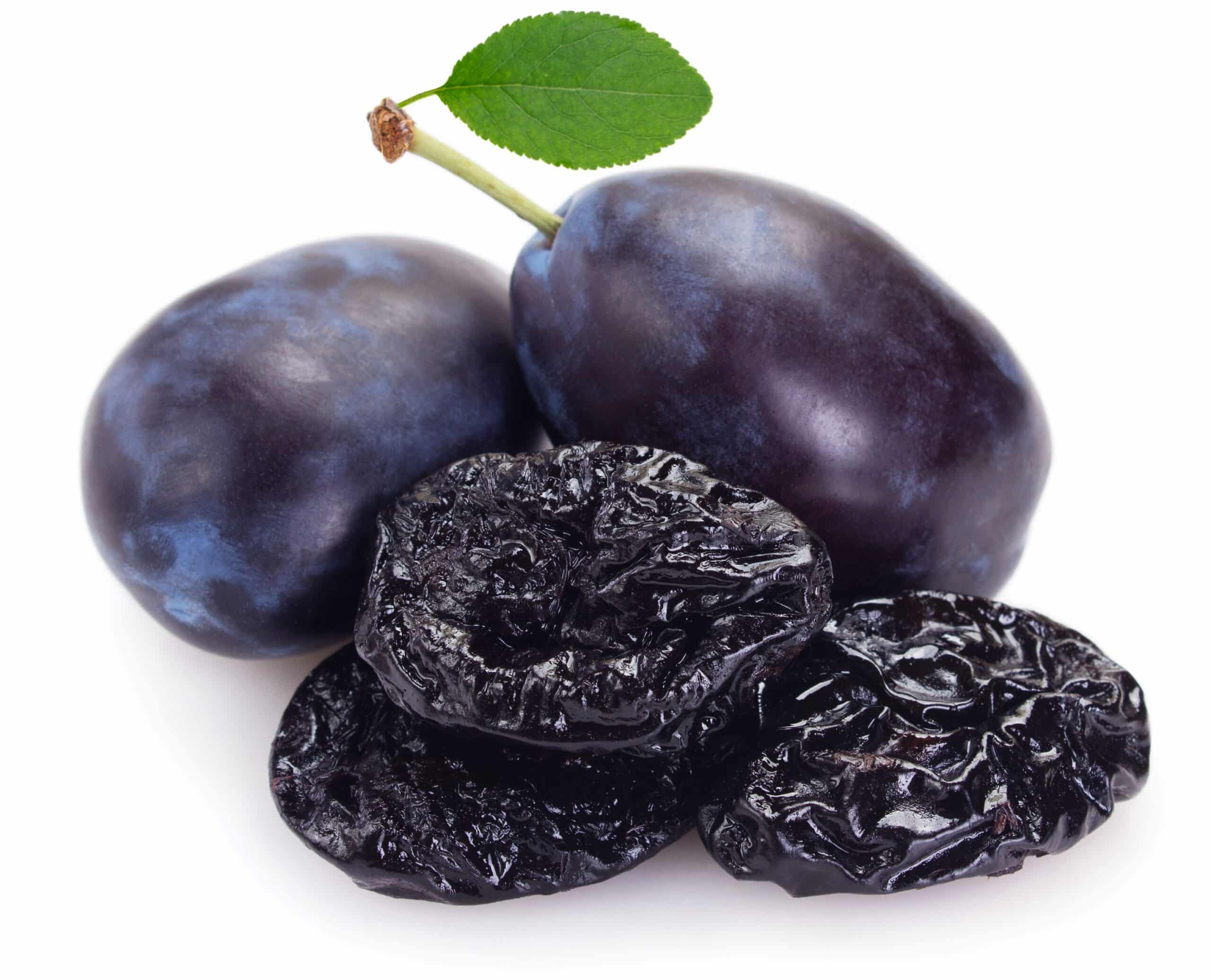“Bone loss is a significant issue impacting more than 50% of women over the age of 50, and there is no cure,” said Principal Investigator Mary Jane De Souza, PhD, Professor, Department of Kinesiology, Pennsylvania State University. “While medications and hormone therapies are available, they often require lifelong management and come with risks. It’s important to have a better understanding of how non-pharmacological approaches – like lifestyle and dietary choices—can also impact the progression and mitigation of bone loss.”
The authors report that when 50 to 100 grams of prunes are included in the daily diet, they found significant reductions in inflammatory cytokines that help to control inflammation, and activated monocytes that have been shown to drive chronic inflammatory responses. Specifically, compared to diets without prunes, reductions were seen in Tumor Necrosis Factor-a with a daily intake of 50 grams of prunes, and there were reductions in Interleukin-1β, Interleukin-6, Interleukin-8 secretions, as well as activated monocytes, with 100 grams of prune intake with a daily intake of 100 grams of prunes.
“These findings may be attributed to the abundance of bioactive compounds found in prunes, including vitamins, minerals, phenolic acids, and polyphenols, which are likely acting synergistically to suppress activated monocytes and their secretion of bone-resorptive inflammatory cytokines,” said Co-author Connie Rogers, PhD, MPH, Professor and Department Head, Department of Nutritional Sciences, University of Georgia.
This study (NCT02822378) is an ancillary of a larger 12-month randomized controlled trial (PRUNE Study), comprising 183 postmenopausal women between the ages of 55-75 years old who were nonsmokers and not severely obese. The women refrained from phenolic supplements or large amounts of phenolic-containing fruits for at least two months prior to the study. The participants were split into three groups: a control group that didn’t consume prunes, a group consuming 50 grams of prunes a day, and a group consuming 100 grams of prunes per day. Participants followed their prune/no prune diet protocols for 12 months recording the days they ate prunes and how many they ate in a daily log, those consuming more than 80% of their protocol were considered to be compliant, and all participants were found to have consumed more than 90% of their prescribed treatment protocol.
In addition to the prune protocols, all of the participants (including controls) received daily doses of calcium and vitamin D3 to meet the recommended daily levels of 1200 mg of calcium and 800 IU of vitamin D3 via supplements and they followed a free-living diet. At the end of the 12-month intervention measurements of immune, inflammatory, and oxidative stress markers were taken to compare with measurements taken at baseline.
“These findings add to a growing body of research and interest investigating the role of ‘food as medicine’ and complement other studies I have conducted using the same data,” De Souza said. “For example, the previous study I led showed connections between hip bone integrity and daily consumption of prunes—where postmenopausal women who did not eat prunes lost 1.5% of their hip bone density compared to women who ate 5-6 prunes daily. Collectively, these findings have significant practical importance given the prevalence of bone loss among this population.”
“Our investment in the PRUNE study has led to many key publications and novel findings that can help improve public health and the understanding of the role foods may play in disease prevention and management,” said Donn Zea, executive director of the California Prune Board. “We are deeply committed to the scientific rigor of our nutrition research program which provides a license to communicate how enjoying California Prunes can have an effect on health outcomes.”
A serving of 4-6 prunes is a nutrient-dense snack with about 100 calories, providing over 20 different vitamins, minerals, and other plant compounds, all of which carry health benefits that may contribute to promoting optimal health while potentially lowering the risk of chronic disease.




